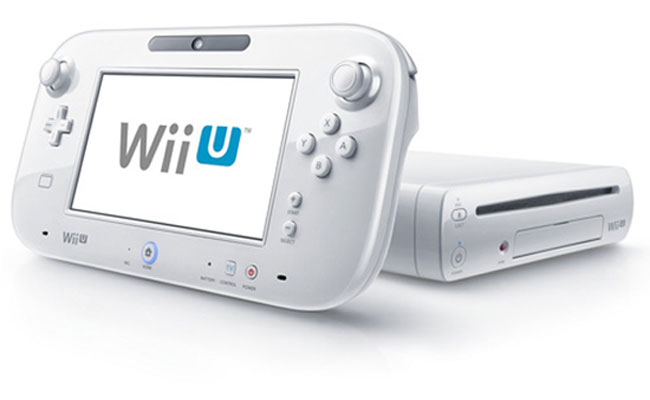The Wii U’s launch was filled with plenty of surprises, but the most prominent one was the console’s capabilities. Leading up to the Wii U’s release, the impression was that the console would meet or surpass current generation machines and, while it may not have been the best entry of the next generation, it would at least perform well for the remainder of this one. However, once the console launched, we learned that this presumption was wrong. The way Nintendo has handled the Wii U and its launch says a lot about the next generation of gaming, and what we can expect out of it.
First of all, like the Wii U, machines won’t focus on power. They’ll focus on price. The Wii U barely matches the specs of a mid-range gaming computer, yet it’s priced affordably and has sold like hot pockets. This shows that even if the game systems would take a dip in quality or power, as long as they are priced affordably, they will succeed. In the long-run, this means that we won’t see huge steps like the PS2/PS3 or XBOX/XBOX360 made in terms of graphics power, but instead see exactly how much power we can stuff into a ‘next-gen’ console for the price of a ‘current gen’ console. New consoles won’t be the most powerful machines and their lifetime will be much shorter, but their competitive pricing will keep them relevant and their success will keep them attractive to developers.
Another thing that the success of the Wii U shows is that gimmicks still sell consoles. Although the gamepad has very little to add (and in fact, confuses gamers as to what screen to look at), its concept still pushed Wii U’s off the shelves to the extent that they’re rumored to be sold out at many retail chains. This shows that the gimmicks we scoffed at this generation—the PS Move and the Kinect, to be exact—aren’t going anywhere. The casual gamer is a demographic that’s here to stay, and we can expect console companies to continue to cater to them even as we move into the next generation.
Lastly, the Wii U shows that competing with major phone and tablet companies is essential in this economy. With a shortened life due to its low power, Nintendo will have to continuously improve its hardware in order to keep up with other short-lived machines, such as iPhones. With graphics power barely matching some of the mobile phones available on the market, the Wii U has to keep on its toes as it moves through the years. Its set-your-own-price indie market shows that they’re paying attention to pricing trends, at least. If the Wii U is having problems keeping up to date with phones now, it’s only a matter of time before next-generation consoles have the same trouble.
Although Sony and Microsoft could surprise us with their next-generation consoles, the example the Wii U has set is still troubling. Quality is no longer a priority among buyers: it’s all about price. With the economy in its current state, that’s no surprise, but it’s still disappointing that next-generation will likely see very little improvement compared to this generation.


” but it’s still disappointing that next-generation will likely see very little improvement compared to this generation.”
Please don’t write any more idiotic articles…
This author needs to stick to what he majored in….smh